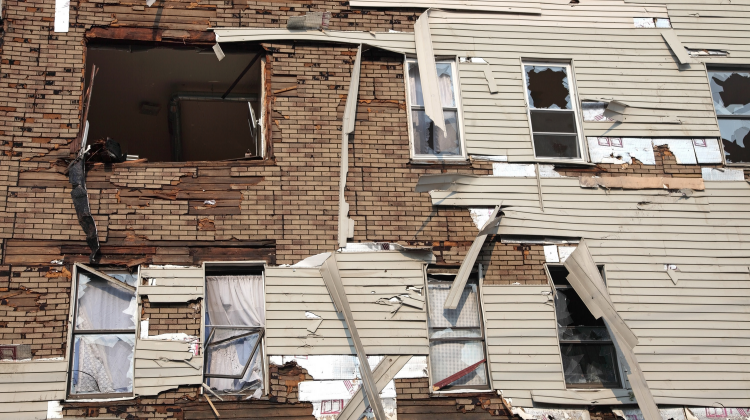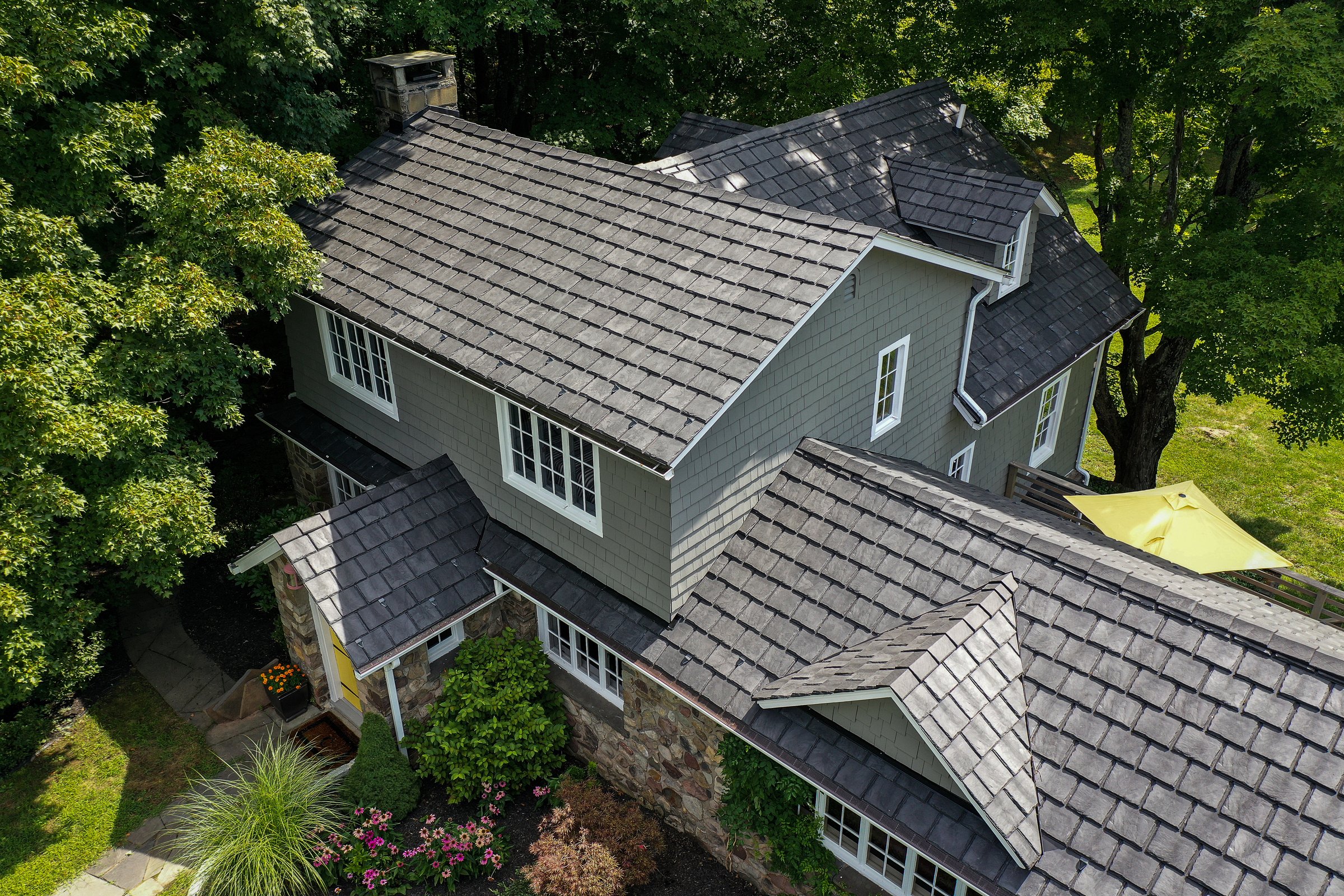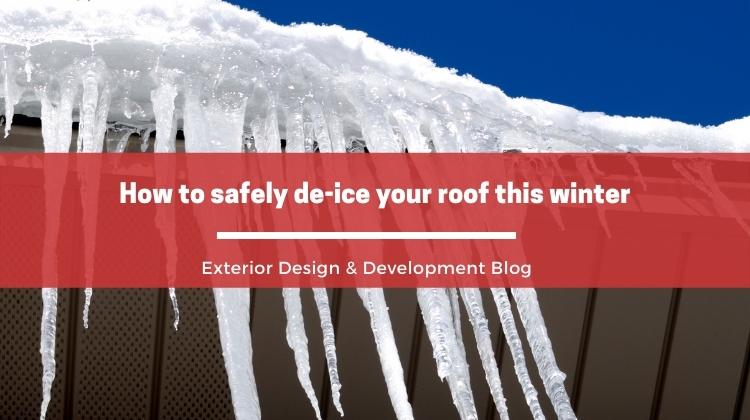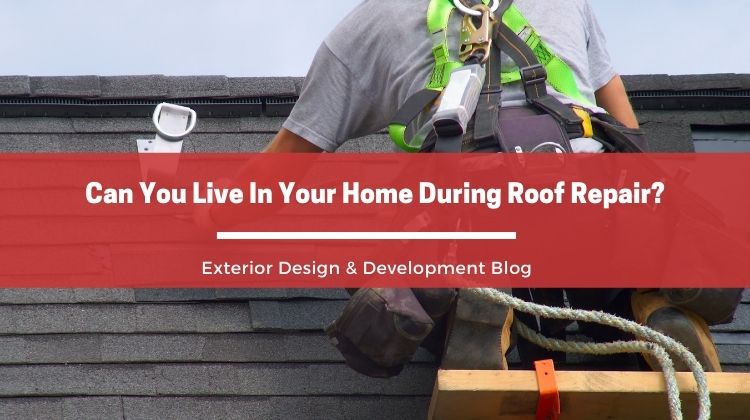You may not believe in climate change, but weather conditions across America are certainly changing. Tornadoes reported in the United States in 2016 were 976 and had increased to 1,248 in 2020. Other annual statistics reported 1,571 sighted occurrences in 2019.
While the Midwest used to see the majority of tornadoes, their storm reach is now extending across the country. Many states are now experiencing tornadoes and high winds.
Due to the nature of tornado force winds, many homes will experience roof damage. There is good news, however. There are three top roofing materials to consider when building new or replacing a current roof.
Metal Roofing Panels
Metal roofs are becoming more popular in areas where high winds and storms with hurricane or tornado effects are common.
The benefits of metal roof panels are that they are designed to overlap and interlock. This process of construction makes them durable and more resilient to wind, rain, snow, or ice damage. Metal roofs can come in a variety of colors.
Insurance companies favor metal roof construction as it helps lower their costs for storm damage. They are also resistant to fire. Their lower costs can be a value benefit to you in premium costs, as well.
Metal roofs are considered environmentally friendly as they are recyclable and can be manufactured using up to 25% recycled materials. A metal roof can be noisier with heavy rain or hail.
The longevity of a metal roof can be up to 50 years. Although more expensive to install initially, over time it can be a valuable investment compared to the less expensive options.
A metal roof may require some structural changes to support its weight, but your roofer can determine that if needed.
Most Popular - Asphalt Shingles
Asphalt shingles are the most popular roofing choice due to their affordability and ease of installation. They come in a variety of grades which are ratings for resistance to bad weather and sun. The grade H shingle is rated to withstand winds up to 150 mph, which can be possible with tornadoes or hurricanes.
The asphalt shingle typically has a life span of 10-20 years. The shingle can cover roofs of different shapes and adapt to angles, however, there is a slope minimum that must be met to allow rain and snow to disperse. Shingles are not designed for flat roofs.
Asphalt shingles come in a broad range of colors and styles and can be made to mimic slate or cedar shake. Higher rated shingles can provide protection from sun damage, sparks that could cause a fire, and withstand storm damage.
Asphalt roofs should be inspected annually and may need recalking or sealing as the roof ages.
Replacing shingles that have curled edges is recommended so moisture does not build up and damage the underlayment.
Tile Roofing
Tile roofing is another option that withstands winds up to 125 mph. More popular in the southern and southeastern states where Mediterranean-style homes are common.
In the past, tile roofs were made from baked terra cotta or slate, but today’s manufactured tiles are made from concrete. The tile roof, obviously heavier due to the concrete structure, also has a quality known as porosity. This is a measurement of the pores within stone or rock. In concrete tile, it allows wind to flow through without lifting or damaging the tile.
While the most expensive of the roofing material options, a tile roof can last up to 100 years. Due to its current production using concrete, tiles can be tinted in various colors and can be molded to fit together in various shapes, as well as interlock for stability. They are also considered environmentally friendly products.
With the options available for creating a strong and tornado-proof roof, be sure to check with your roofing specialist to determine which is the best option for your home or business.






